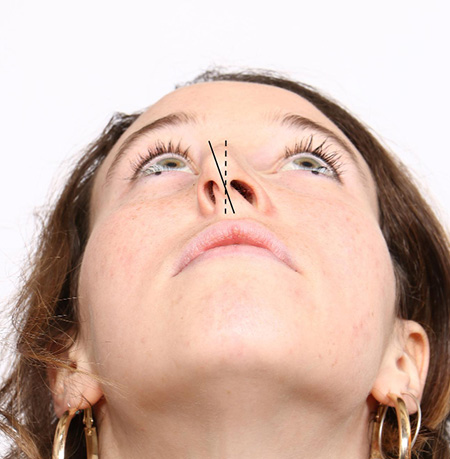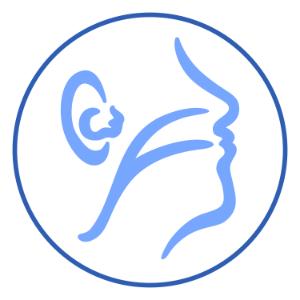Overview:
A deviated septum occurs when the nasal septum—the cartilage and bone dividing the nasal cavity—is misaligned or shifted to one side. This condition can cause one nasal passage to be smaller than the other, leading to breathing difficulties, nasal congestion, frequent sinus infections, nosebleeds, and snoring. Deviated septums can be congenital or result from injury or trauma.

Treatments
Medications
Nasal sprays, antihistamines, or decongestants can help manage symptoms but won’t correct the deviation.
Septoplasty
This surgical procedure straightens the septum, improving airflow and reducing symptoms. It is often performed on an outpatient basis with minimal downtime.
Turbinate Reduction
In cases where enlarged turbinates accompany a deviated septum, turbinate reduction may be done alongside septoplasty.

Expert ENT & Surgical Care
Breathe, Hear, and Heal!
From ear, nose, and throat care to advanced surgical treatments, our specialists provide expert solutions for your health. Request your consultation today!
